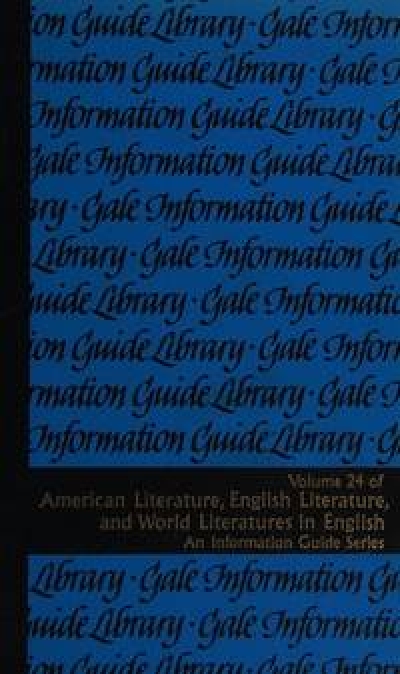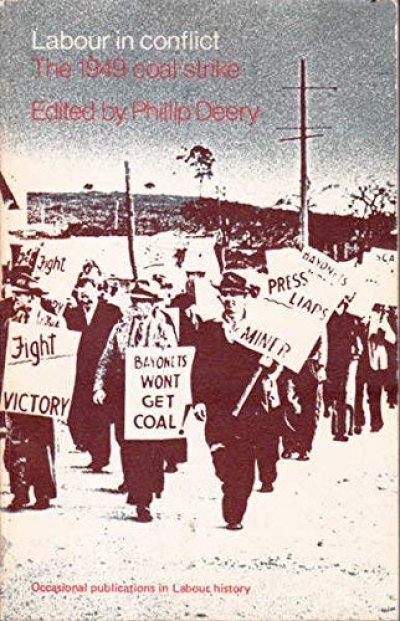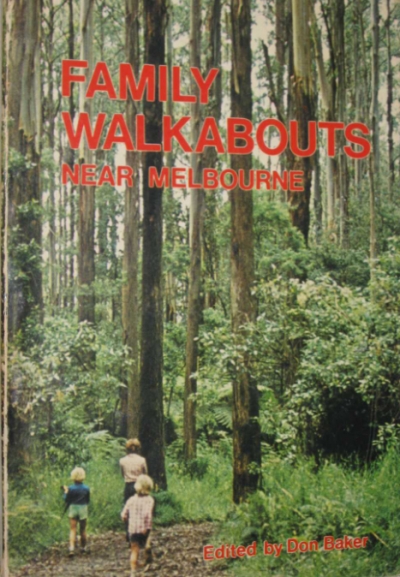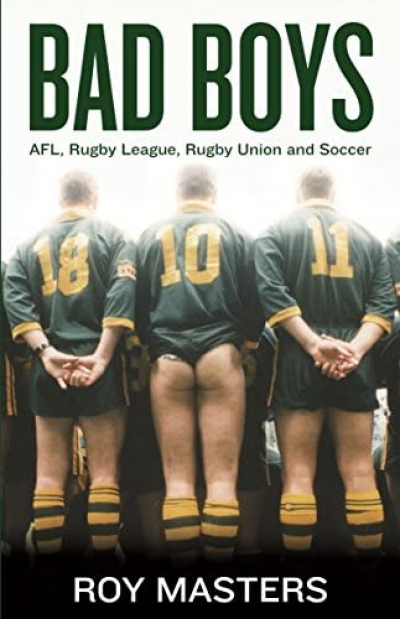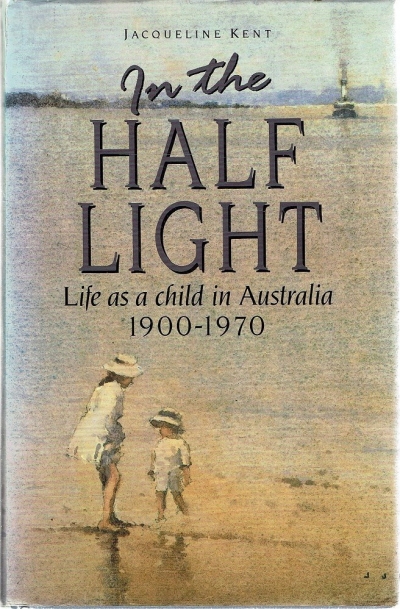Archive
Modern Australian Poetry 1920-1970: A guide to information sources edited by Herbert C. Jaffa
by Thomas Shapcott •
Anatomy of an Election edited by P.R. Hay, I. Ward, and John Warhurst
by Derek Duke •
Labour in Conflict: The 1949 coal strike edited by Phillip Deery
by Geoff Muirdon •
Jessie Street: A rewarding but unrewarded life by Peter Sekuless
by Margaret Allen •
Bad Boys: AFL, Rugby League, Rugby Union and Soccer by Roy Masters
by Braham Dabscheck •
Australia at the Crossroads: Reflections of an outsider by B. A. Santamaria
by James Griffin •
In the Half-Light: Life as a child in Australia 1900-1970 edited by Jacqueline Kent
by Brenda Niall •

